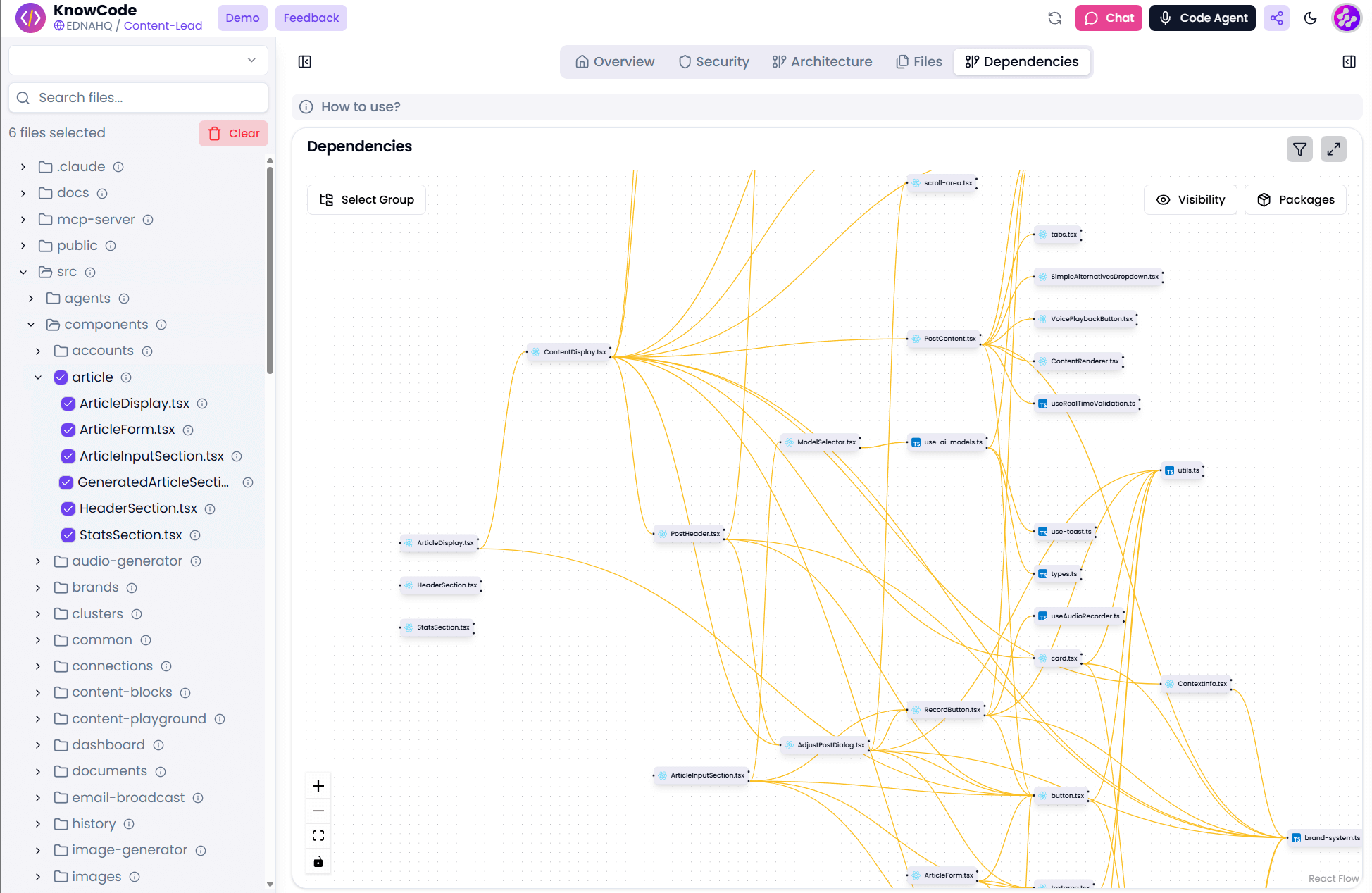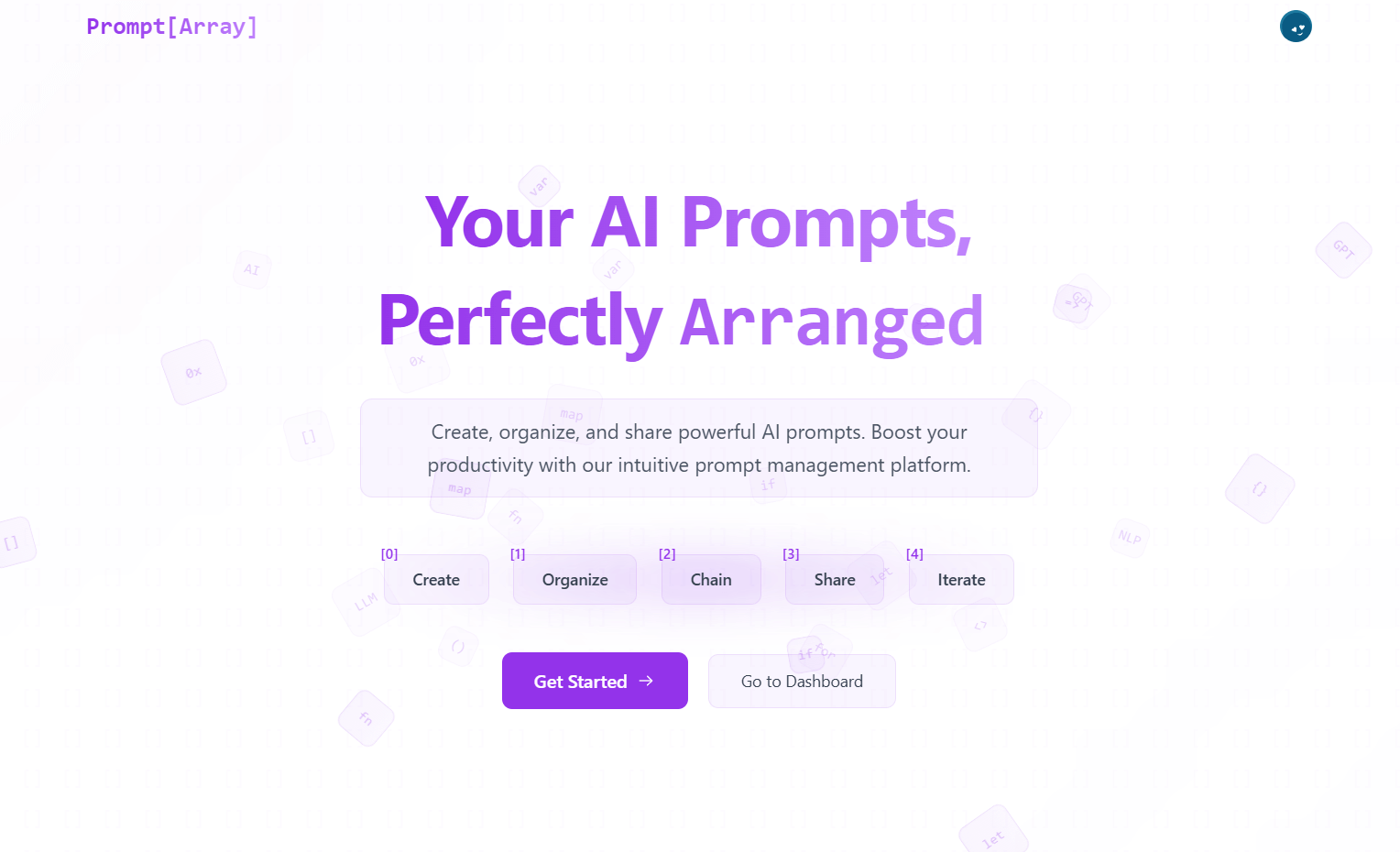DAX Function Guide
T.DIST
Sam McKay
CEO & Founder
How does the T.DIST work?
The T.DIST function (DAX) returns the Student’s left-tailed t-distribution.
T.DIST Formula Syntax
T.DIST(
X,Deg_freedom,Cumulative
)
How do you use the T.DIST?
The t-distribution function is used in the hypothesis testing of small sample data sets. Use this function in place of a table of critical values for the t-distribution.
Related Blog Posts
Loading
Considerations when using the T.DIST?
- If any argument is non-numeric, TDIST returns the #VALUE! error value.
- If Deg_freedom < 1, TDIST returns the #NUM! error value.
- The Deg_freedom and Tails arguments are truncated to integers.
- If Tails is any value other than 1 or 2, TDIST returns the #NUM! error value.
- If x < 0, then TDIST returns the #NUM! error value.
- If Tails = 1, TDIST is calculated as TDIST = P( X>x ), where X is a random variable that follows the t-distribution. If Tails = 2, TDIST is calculated as TDIST = P(|X| > x) = P(X > x or X < -x).
- Since x < 0 is not allowed, to use TDIST when x < 0, note that TDIST(-x,df,1) = 1 – TDIST(x,df,1) = P(X > -x) and TDIST(-x,df,2) = TDIST(x,df,2) = P(|X| > x).
Related Video Tutorials
Loading
Formula examples using the T.DIST
EVALUATE { T.DIST(60, 1, TRUE) }
=TDIST(A2,A3,2)
=TDIST(A2,A3,1)
Related Courses
Loading










